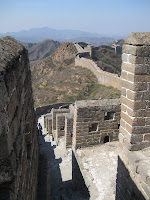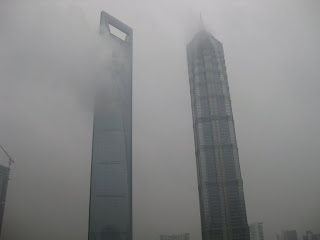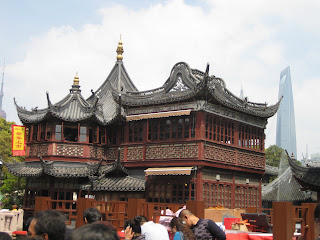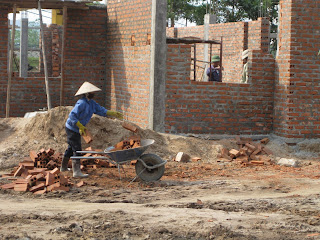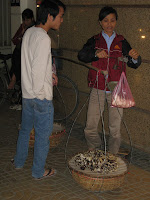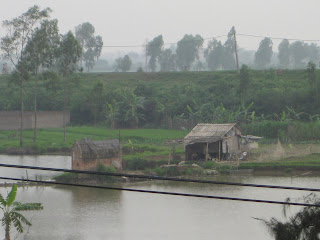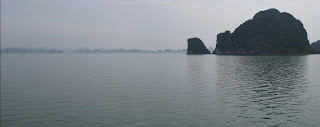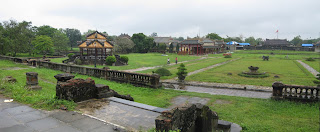
I have seen a lot of mountain areas, but a visit to Jiu Zhai Gou still stood out. It's unique with all the azure lakes and the meadowy water-falls. The overall terrain reminded me a bit of the Canadian rockies, probably because of all the limestone in both places.


I shall let the pictures do the talking; here are some tips for anyone going.
I had seen several references to a bus from the airport to the park, but I could find no such bus. I got on a shuttle bus from the airport, but it was a hotel courtesy shuttle, and I was obliged to lodge with one of the hotels it went to. The taxi getting back to the airport was quite steep, as the meter rate goes up for longer trips. That was something I hadn't expected, and I ran out of cash.
Inside the park, get the bus pass, even if you plan to mostly hike. The first three or four miles are not that interesting, compared to the rest. The bus rides will take longer than you think, because they stop often with mandatory changes. Some go straight through, but you can't tell which they are or when they leave.
I spent two days there and didn't feel the need to spend any longer. Spending a night in the park is dicy and you shouldn't plan on it.
There are a lot of Chinese tourists, but as with most nature areas, you don't have to move that far from a bus-stop to escape the worst of it. All hiking is on gang-planks or similar artificially constructed trail works.
Long Lake is the highest spot the bus goes to, at 10,500'.




